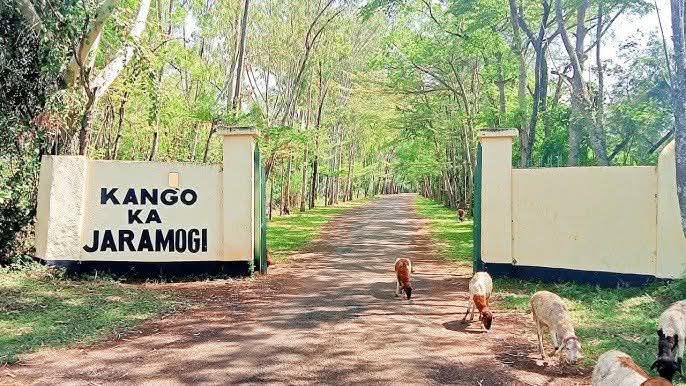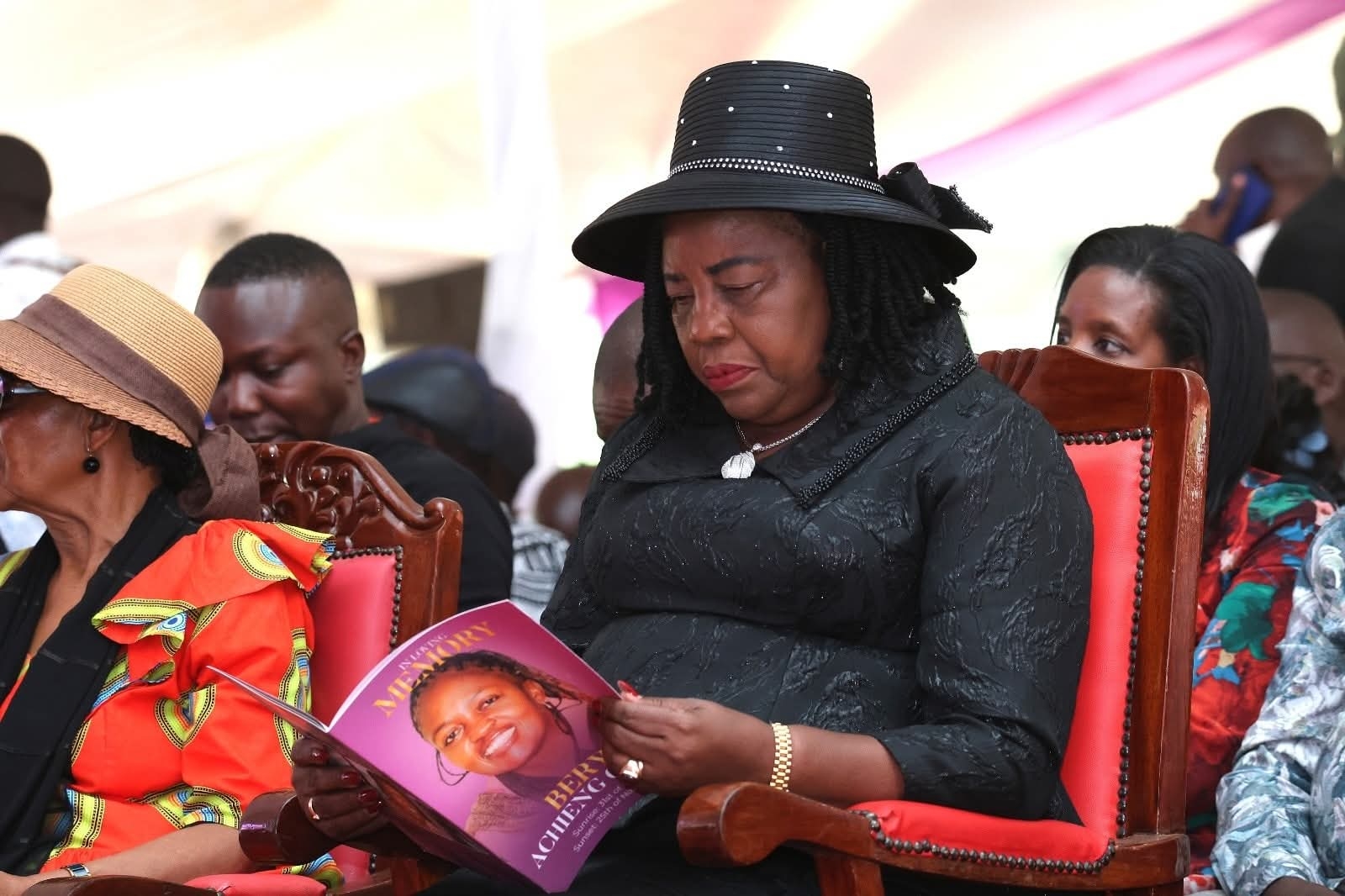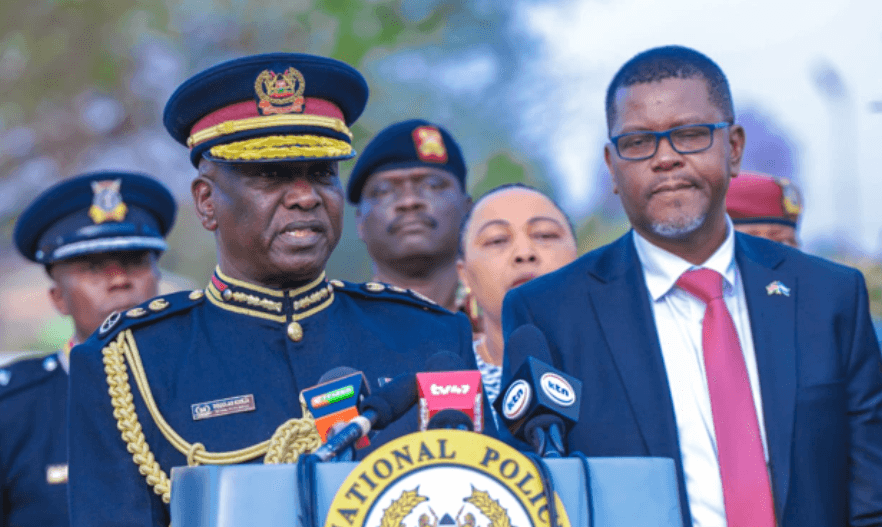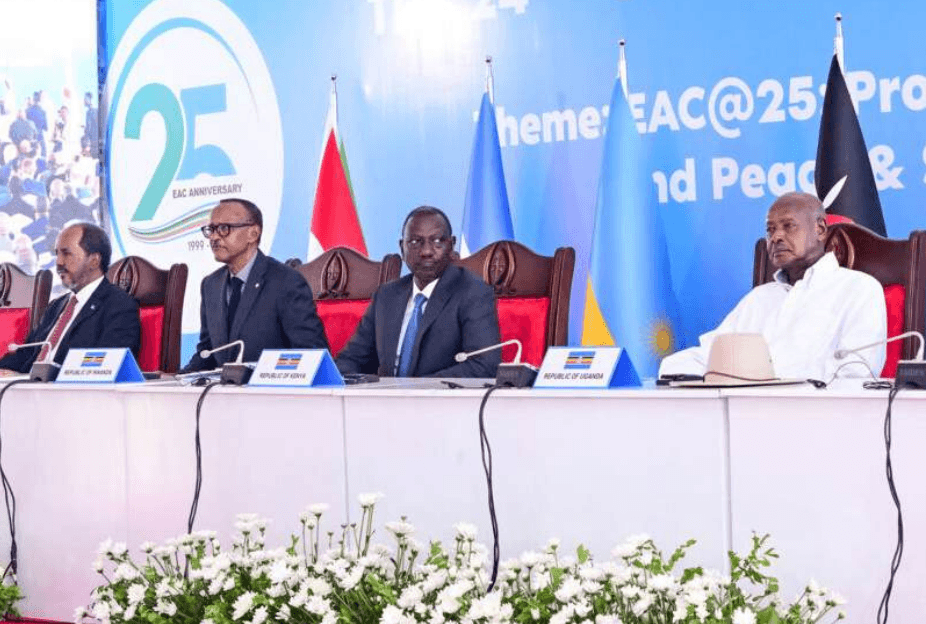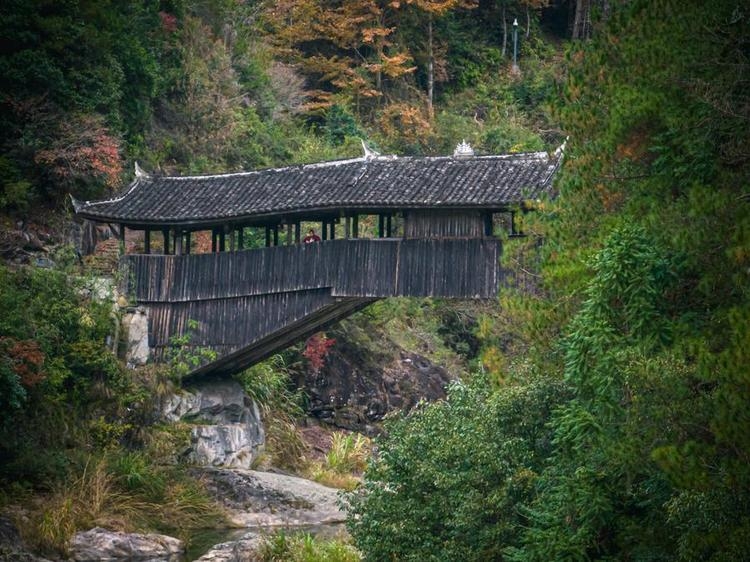The Wildlife Research and Training Institute is calling for urgent measures to save the Northern White Rhino from extinction.
The government research institute said it had partnered with several scientists to save only two of the animals remaining in Ol Pejeta Conservancy in Laikipia County.
This comes weeks after the institution listed the number of endangered species in the country which included the black rhino, Gravy zebra and several species of antelopes.
Institute director Dr Patrick Omondi said they were undertaking cutting-edge research to save the remaining two females in the conservancy.
He said that they were working closely with Ol Pejeta Conservancy, Institute of Zoo and Wildlife Research Berlin Germany, Zoo Dvur Kralove and Laventea Lab of Italy.
“With only two female Northern White Rhinos remaining in the world. We have embarked on major research to save this species from extinction,” Omondi said at the institute.
The director added that the institute was working on various research programmes, which include mapping biodiversity hotspots and identification of threats to marine species.
Other studies include species population dynamics of the endangered Mountain Bongo and Black Rhino through camera trapping and restoration of degraded areas in Aberdares
“The research institute has made huge steps including securing seed funding from the government to establish a comprehensive wildlife database,” he said.
On his part, the head of research in the institute David Ndere said that apart from the two Northern White rhinos, there were less than 30 Gravy Zebras in the country.
He added that Northern Kenya where the endangered species of the zebras and antelopes were living was the hardest hit.
“There are many reasons for the drop in the number of these endangered species and these include poaching, reduced habitats and the recent drought," he said.
He identified some antelope, zebra and rhinos species as the most affected, adding that WRTI was working with stakeholders to increase the numbers.
“The number of some antelope and gravy zebra species are below 30 and we have embarked on research on how we can increase the numbers in the coming days,” he said.
Ndere said that currently, the institute was researching habitats, wildlife tracking and monitoring, emerging diseases and genetics.
In the last two years, the country has lost hundreds of wild animals to the harsh weather conditions with the Tsavo National Park being the most affected.



